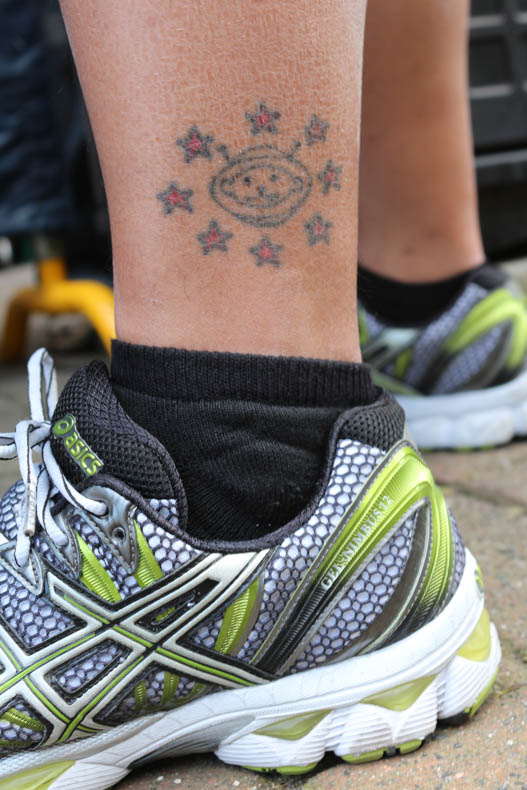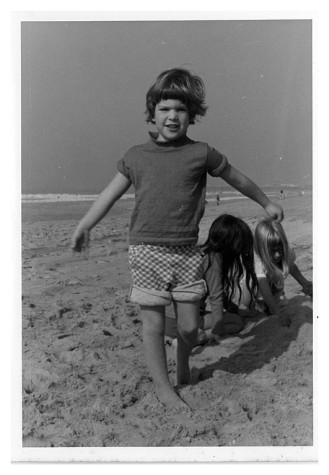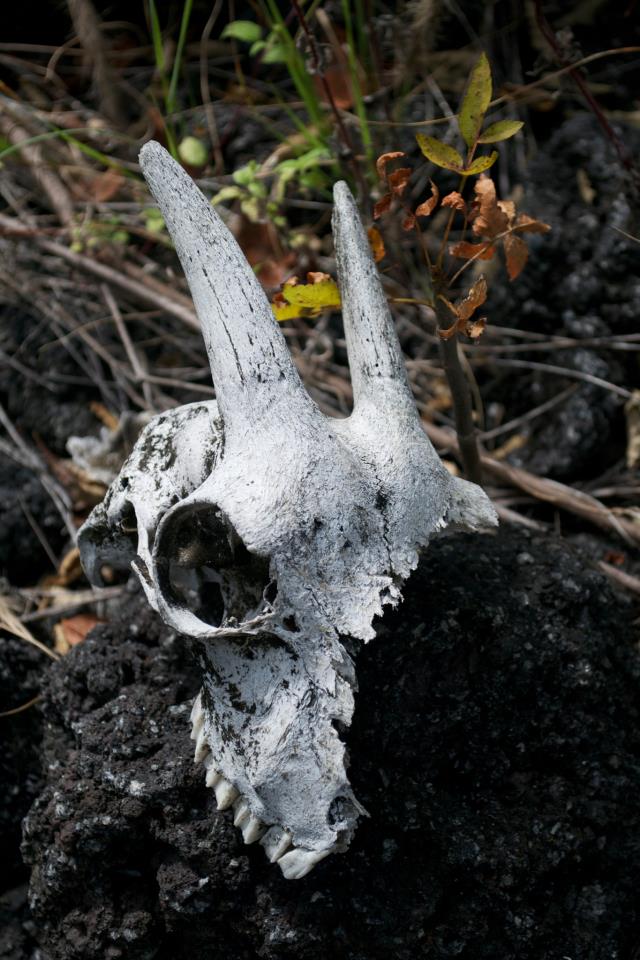It was a week of people changing their minds. Except for Cameron’s kids, they didn’t budge.
Magical thinking works, says guest Heather Abel. For decades, she was able to stop tsunamis before they hit her. Now, though, the grand and calming ocean stops them for her.
Even out in the back of beyond, Craig wouldn’t use satellite phones. Now he does, he says, because this is what we do: “we find the sharpest stones, we make fires, we reach to space and call home.”
No, Helen’s not going to get a U2 tatoo. She does love that band, it makes her happy; but she’s not one of those people who get tatoos, isn’t seduced by the U2 Tatoo Project. Now she wonders what U2 tatoo to get.
Cameron is fascinated by Cat’s Cradle. So is her mother; so in fact is the whole world past and present. Her kids aren’t fascinated. Then she learned to do Jacob’s Ladder, but they’re still not.
Michelle’s neighbors are Mt. St. Helen’s and Ursula LeGuin. LeGuin loved the mountain but once is started smoking, was scared to camp on it. The mountain didn’t mind, though, so Leguin didn’t either.


 I often buy presents for my kids that are really for me. This time, it was a special string for doing Cat’s Cradle. (Of course, it’s funny that I even bought a string, instead of tying a piece of yarn into a loop like I once did.)
I often buy presents for my kids that are really for me. This time, it was a special string for doing Cat’s Cradle. (Of course, it’s funny that I even bought a string, instead of tying a piece of yarn into a loop like I once did.)


 August 10–14, 2015
August 10–14, 2015